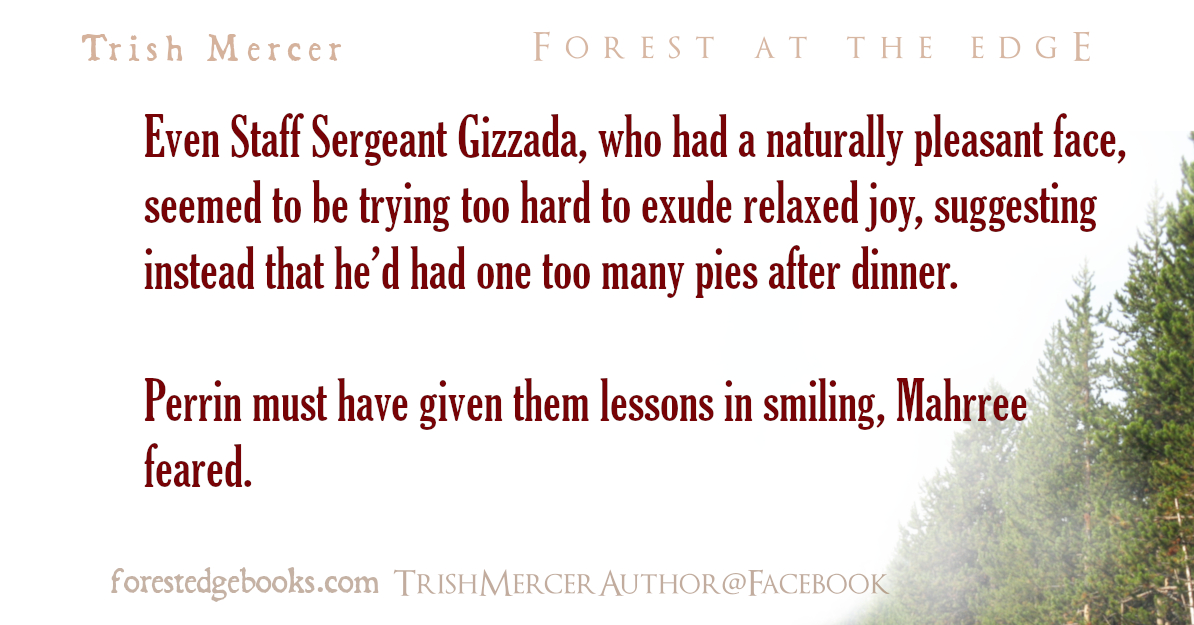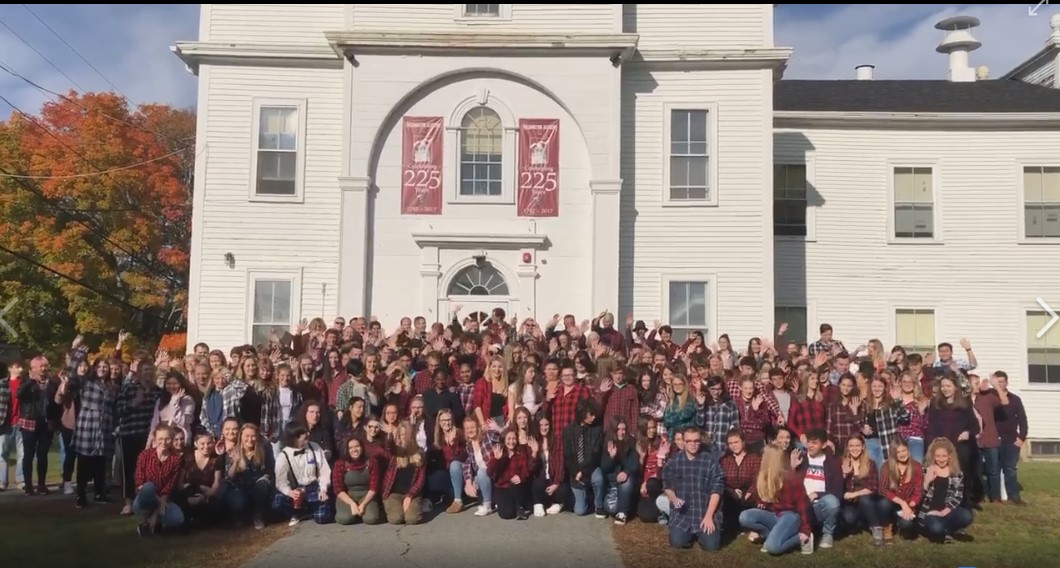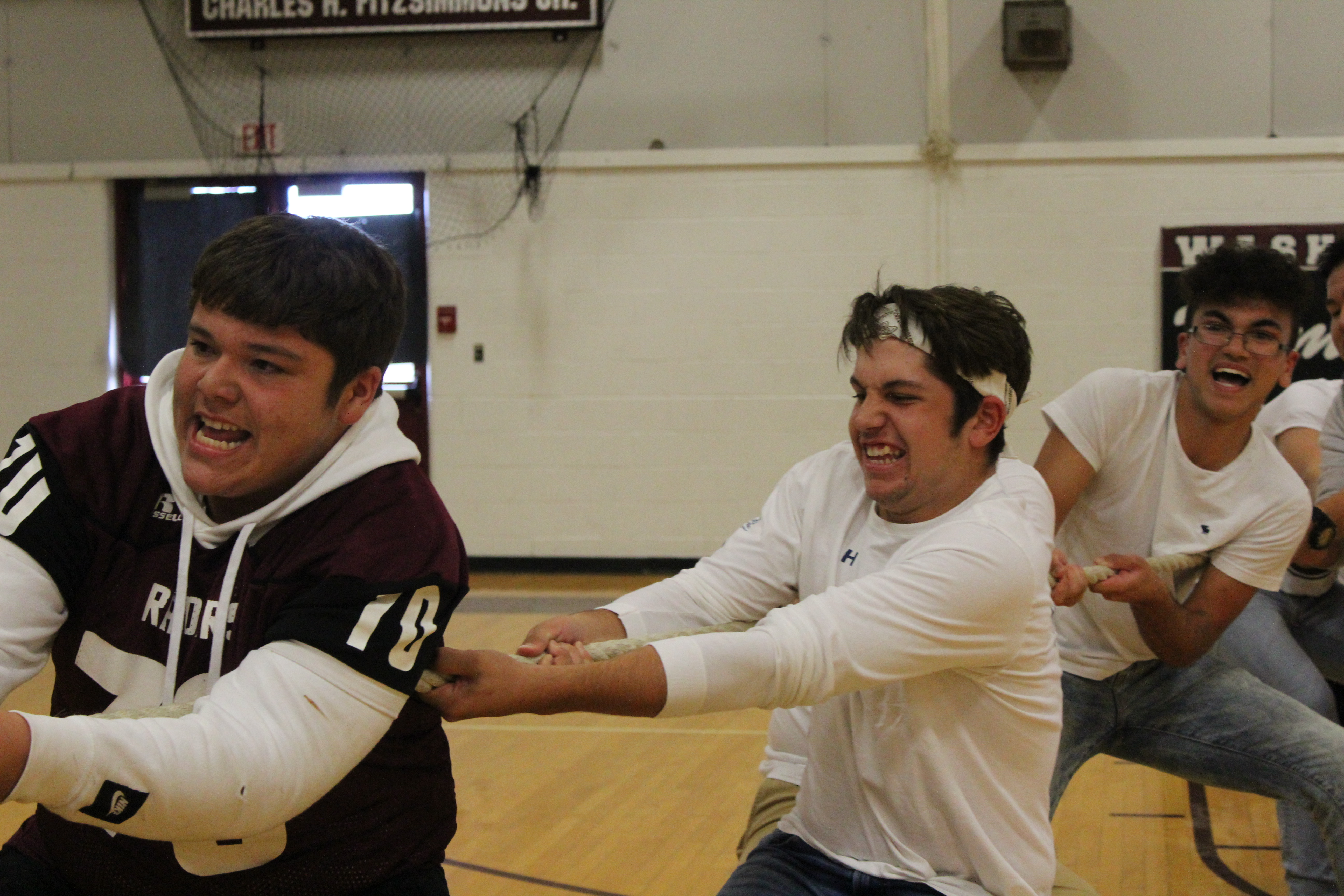An appointment in Salt Lake City yesterday allowed me time to check on my most favorite building in the world—the Salt Lake Temple. As you can see, it’s in the middle of what I’ve labeled as a long, slow surgery. One year in, and three more to go, the Salt Lake Temple’s foundation is being fortified to make it strong enough to withstand a massive earthquake.
(And I keep thinking, “Once it’s completed and rededicated, everyone brace yourselves—that 8.0 is finally going to hit Salt Lake City.)
Walking around it filled with me nostalgia and a little sadness. As a child I lived just a few blocks away, and visiting the grounds was a monthly occurrence. Even as I grew older and moved around the country, returning to SLC always meant at least driving around Temple Square, just to check on my temple (my husband and I were married there) and to make sure “home” was still secure. For as often as we’ve moved, Temple Square has always remained my “home” base. All other life radiates out from it, for me.
Yesterday, though, there was no “life” there. The temple has been gutted to make room for major and essential renovations. Yesterday I saw only a shell of stone being worked on, the operation occurring in and around and below it. Its soul and light are temporarily gone, like a spirit leaving a body during a delicate surgery, hovering above the “doctors” and observing until it’s safe to go back in. While it’s hard to see the temple in this fragile state, it’s also encouraging.
The 5.7 earthquake last March knocked down part of the Angel Moroni statue and a few finials on the top of the temple, demonstrating even greater the need to strengthen it. (Renovation had begun in earnest just a couple of months earlier.) Age has taken its toll on the Salt Lake Temple, and while its “body” been very good in the past, it’s now time to make it greater.
The message wasn’t lost on me. I was in Salt Lake City seeing a specialist because my own body has been crumbling a little on the edges. Solidly in middle age, I hadn’t realized how my own systems have been slowing down and requiring some major overhauls to strengthen my foundations for the coming years.
As I’ve heard many other people say, I’ve recently taken inventory of where I am physically and mentally, and have discovered that while things were good in the past, they’re not so much anymore. The little tremblings from this past COVID-19 year has revealed that I’m not as sturdy as I assumed I was. Not only is it time to strengthen my body and mind, but to also move beyond “good” to “great.” I feel pressing on me, as I’ve heard many of you say as well, that “something” is coming in the future, that the ease we’ve been experiencing is coming to an end, that as for Joseph in Egypt, the years of plenty are coming to a close, and years of . . . “something” are around the corner.
I want to be ready for that, shored up and better than ever, just like the Salt Lake Temple. I’ve heard people complain about some of the changes occurring to ready it for refurbishing. Pioneer-era frescoes are being photographed then likely sacrificed as walls are removed, and many other traditions that have been there since the late 1800s are being set aside to accommodate three times as many patrons when the temple reopens in 2024.
Likewise I’m finding, as are many of you, that I need to remove some ideas and practices that have been part of me, set them aside to make room for that which is greater.
I think we forget that in this sea of life we don’t drift to a certain harbor and then stay there for the next several decades, moored at dock, content to be where we are. That’s when the barnacles and rot begin to set in. Instead, we’re to learn what we can at that destination, then take on new supplies and set sail again, and again, and again.
When we see a familiar, solid landmark like the Salt Lake Temple being reworked from top to bottom, I think people balk at such a drastic surgery because they fear they, too, need a similar restructuring. I know I haven’t been thrilled to see what’s needed to make me become better, but as time goes on, I’m becoming more intrigued by the possibilities of what I can do in the future.
I took heart when I came across a few groups of moms/grandmas with little boys looking through the large acrylic windows down on the sights below. With the enthusiasm only little boys can express, they said to me, “Lady! Look at the trucks! And there’s tractors! They’re making the temple! Watch! It’s so awesome!”

I chatted and laughed with them as jack hammers suddenly started up, or massive drills pulled up and shed loads of soil, and we guessed which truck would back up next out of the narrow entrances and exits where, years ago as a child, I used to walk around the beautiful gardens with my mom and dad.

My parents are now gone, and most of the gardens are gone as well, as is the light that used to be in the temple, but only temporarily. The light and spirit of the temple will return, as will everything else, I have no doubt.
In the meantime, something good is now making way for something greater.
The little boys’ joy in watching the construction was contagious, and I thought of my own internal and external construction I need to be about, to get me ready for the next stretch, whatever that may be.
It’s going to be a lot of work, but I realize that in the end, it’s going to be, in their words, “so awesome!”
Striving for something great is another way to Build Zion. Let’s not wait for a better time, because this is it.
































 But will future anthropologists understand that these, below, are not really a king and queen? (And when I was helping to sash them, the king wanted the queen’s sash, and since he is the king, I started to obey and give it to him, which would have rendered his queen the new king. But then she insisted that she was the queen and wanted the queen sash. Because she was the king/queen, I had to give in. Some monarchies in history have collapsed faster than this.)
But will future anthropologists understand that these, below, are not really a king and queen? (And when I was helping to sash them, the king wanted the queen’s sash, and since he is the king, I started to obey and give it to him, which would have rendered his queen the new king. But then she insisted that she was the queen and wanted the queen sash. Because she was the king/queen, I had to give in. Some monarchies in history have collapsed faster than this.)











